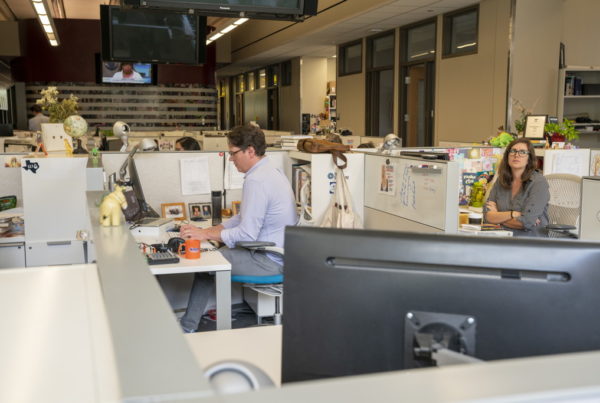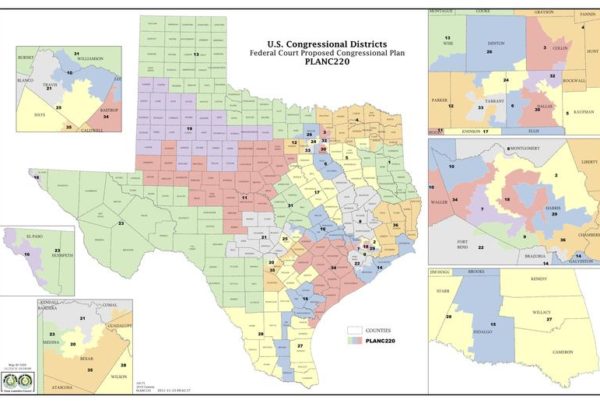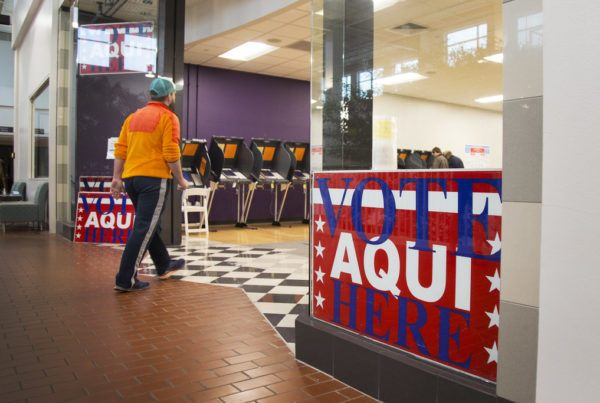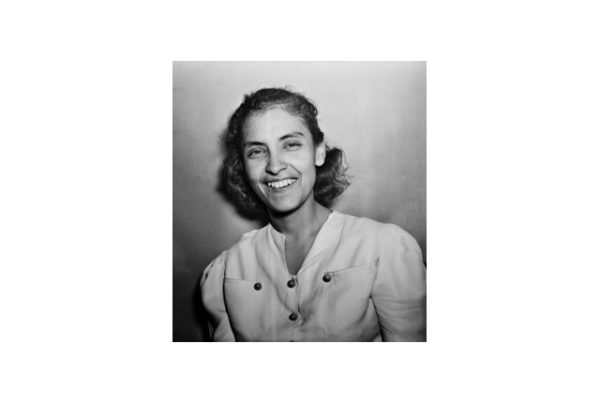Country music’s newest supergroup, the Highwomen, just released a self-titled album of songs written by women, performed by women and telling women’s stories.
The Highwomen comprises Brandi Carlile, Natalie Hemby and two Texans: Amanda Shires and Maren Morris. Natalie Weiner wrote about the group for The New York Times, and says it was Shires who wanted to form the band.
“It was sort of a reaction to this ongoing discussion in country music to the lack of women in country radio,” Weiner says. “It’s pretty bad all over radio, really, but country has been particularly egregious, just as far as how many men get played and how many women get played.”
Weiner says that in late 2018 – for the first time – no songs by female artists appeared on Billboard’s Top 20 country radio chart.
Weiner says the lack of airplay for women on country radio drew attention in 2015 when a radio consultant sparked what became known as “Tomato-gate.” He had said that “women are the tomatoes in country radio’s salad,” meaning that they have a place, but should be used sparingly.
“It’s a pretty obviously regressive comment, but I think … he was just saying what a lot of people already thought,” Weiner says.
Shires’ frustration led to the Highwomen, an “answer group” the the 1980s all-male band, the Highwaymen, which included Willie Nelson, Kris Kristofferson, Johnny Cash and Waylon Jennings. The Highwomen even penned a Highwaymen answer song for their album.
“What they are doing here, by calling it the ‘Highwomen,’ by making this answer song to the Highwaymen, they’re really putting themselves in a lineage of people who wanted to change what country music was about,” Weiner says.
Though members of the Highwaymen are now considered country legends, they were once outlaws, bucking the accepted norms of the genre. Weiner says the Highwomen are writing and performing in that spirit, and practicing inclusion by embracing people of color and of different sexualities, too.
Weiner says the stories the Highwomen tell on their album represent a range of women’s experiences. And each member of the group had a chance to turn her own experiences into art.
“Overall, there’s just this sense that each artist was able to really stretch out creatively, but also have the support of being in a group,” Weiner says. “It’s special to get to hear what that sounds like for all these women that are in such different places in their careers.”
Written by Shelly Brisbin.















